|
Chorale Melodies used in Bach's Vocal Works
Wie schön leuchtet der Morgenstern |
|
Melody & Text | Use of the CM by Bach | Use of the CM by other composers |
| |
|
Melody & Text: |
|
"Wie schön leuchtet der Morgenstern" (How lovely shines the morning star) is a hymn by Philipp Nicolai, a German Lutheran Pastor, who is the author of two monumental hymns: Wachet auf, ruft uns die Stimme and this one. Supposedly he made this poem after a period of great torment, because of an epidemy of pestilence which had struck the village where he was pastor. P. Nicolai wrote the words in response to a pestilence in 1597. Hae first published it in 1599 in his book Frewdenspiegel deß ewigen Lebens ("Mirror of Joy of the Life Everlasting") in Frankfurt, together with "Wachet auf, ruft uns die Stimme". He introduced it: "Ein Geistlich Brautlied der Gläubigen Seelen / von Jesu Christo irem himlischen Bräutgam: Gestellt ober den 45. Psalm deß Propheten Dauids" (A spiritual wedding song of the faithful soul about Jesus Christ, her heavenly groom, made over the 45th psalm of the Prophet David). With this title the hymn is placed in a long tradition of a mystical spirituality, in which the allegorical interpretation of the Song of Songs is always present. The hymn is also a piece of craftmanship. The 7 verses of the hymn Wie schön leuchtet der Morgenstern are built on an acrostichon: Wilhelm Ernst Graf Und Herr Zu Waldeck, being a former student of Nicolai, who died 1598. Some people also see typographical art in it: When you align the text of the poem centered then the form of a cup appears, referring to the last supper. Si non e vero… The words are based on Psalms 45, a mystical wedding song. Jesus is identified with the morning star, according to Revelation 22:16, and with the bridegroom of the psalm. Nicolai This hymn is often referred to as "The Queen of Chorales".
The chorale theme "Wie schön leuchtet der Morgenstern" was codified then. The melody was published with the text in 1599 and is generally attributed to P. Nicolai too. However, in a brief 1917 article, Charles Sanford Terry writes that the tune is a reconstruction of older material. The first half is taken, with the alteration of two notes, from the first, second, and concluding phrases of the melody to which Psalm 100, “Jauchzet dem Herren, alle Land,” is set in Wolff Köphel’s Psalter, published in 1538. The concluding phrase of P. Nicolai’s tune also is modelled on that original. The opening phrase of the second part of his tune (line 7 of the hymn) is identical with one in the old Carol “Resonet in laudibus,” whose opening phrase, moreover, bears close similarity to “Jauchzet dem Herren,” a fact, perhaps, which drew P. Nicolai’s attention to it. |
|
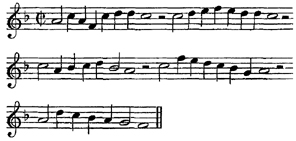
|
|
The chorale appeared as a hymn in German hymnals and in several translations in English hymnals, starting with How bright appears the Morning Star! by John Christian Jacobi, in his Psalmodica Germanica, 1722, p. 90. Additional hymns were written on the same tune such the hymn for Pentecost "O Heilger Geist, kehr bei uns ein" (1640) (not used by J.S. Bach in his vocal works) by Michael Schirmer (1640).
In modern hymnals, the hymn is often assigned to Epiphany, though it is also suitable for Pentecost, or for general use.
The first verse (in an anonymous English translation beginning "How splendid shines the morning star") appeared in the Southern Harmony, an 1835 shape-note tunebook compiled by William Walker, where it is set to a tune called Morning Star by composer J. C. Lowry. This arrangement is repeated in the current An American Christmas Harp, with the addition of two more stanzas in a translation by William Mercer (1811-1873).
Source: Wikipedia (September 16, 2018); CPDL (April 9, 2018); Charles Sanford Terry: Johann Sebastian Bach, Bach’s Chorals, vol. 3 The Hymns and Hymn Melodies of the Organ Works [1921], pp 300-302 |
|
Melody: Zahn 8359
Composer: Composer: Philipp Nicolai (1599), after Straßburg 1538 |
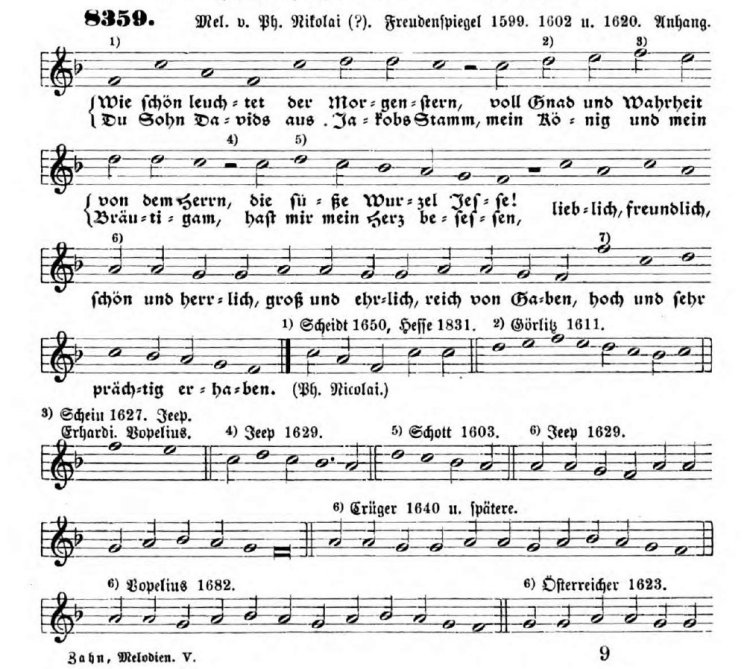
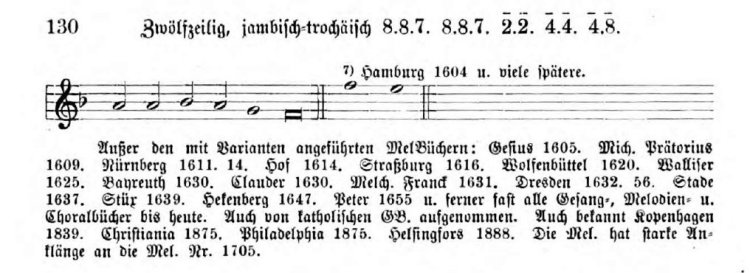 |
|
Text: Wie schön leuchtet der Morgenstern (NLGB 313; GH 479; EKG 48; EG 70)
Author: Philipp Nicolai (1597; published 1599), based on Psalm 45 |
|
Hymnal versions Bach may have known: |
|

|
|
First publication of Wie schön leuchtet der Morgenstern in Nicolai's 1599 Frewdenspiegel deß ewigen Lebens |
|
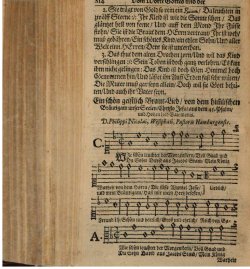
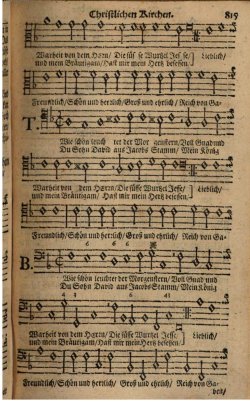
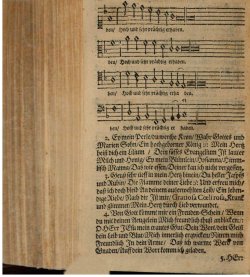
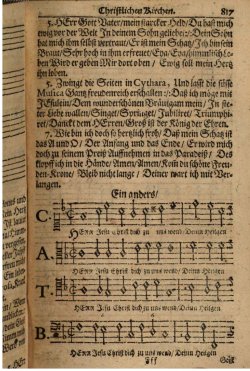
|
|
Melody & text of Das walt’ mein Gott, Vater, Sohn und heiliger Geist (NLGB ) from the Neu Leipziger Gesangbuch (1682), pp 814-817 |
|

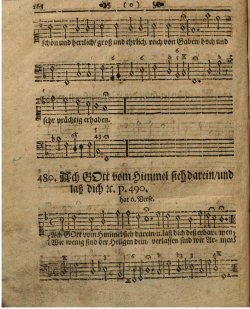
|
|
Melody & verse 1 of Wie schön leuchtet der Morgenstern (GH 479) from the Gotha Hymnal, (1715), pp 267-268 |
| |
| |
|
Use of the Chorale Melody by Bach: |
|
J.S. Bach based his chorale cantata Wie schön leuchtet der Morgenstern, BWV 1 on it and used single verses for other cantatas, verse 4 to close Erschallet, ihr Lieder, erklinget, ihr Saiten! BWV 172, verse 5 in Wer da gläubet und getauft wird, BWV 37, verse 6 in Schwingt freudig euch empor, BWV 36, verse 7 to close Ich geh und suche mit Verlangen, BWV 49. The final lines of verse 7 form the closing chorale of Nun komm, der Heiden Heiland, BWV 61. J.S. Bach wrote several organ preludes on the chorale.
J.S. Bach’s text is invariable for the first part of the melody and follows the original, except for the substitution of A for C as the first note of the third phrase, as in Witt (No. 479). For the second part of the tune J.S. Bach either keeps to the original, as in Witt (No. 479), Cantata BWV 172 (1724-1725), and the Organ movement (BWV 739); or follows Johann Crüger (1640) in substituting A and B flat for G and A as the sixth and seventh notes of line 3, as in Cantatas BWV 1 and BWV 36 (c1730-1740); or adopts Vopelius’ (1682) text there, as in Choralgesange, No. 375 (BWV 436). |
|
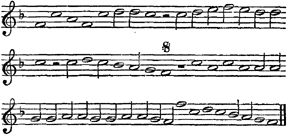
|
|
Text: Wie schön leuchtet der Morgenstern |
|
Chorus Wie schön leuchtet der Morgenstern (Mvt. 1) from Cantata BWV 1 (1725) (verse 1) |
|
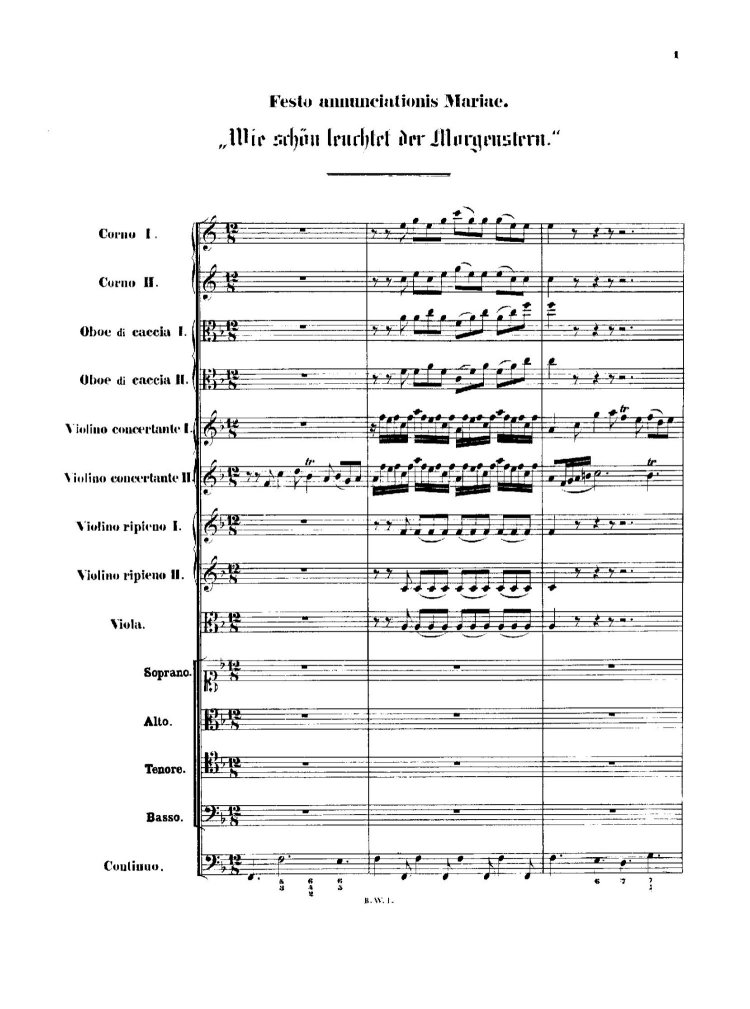
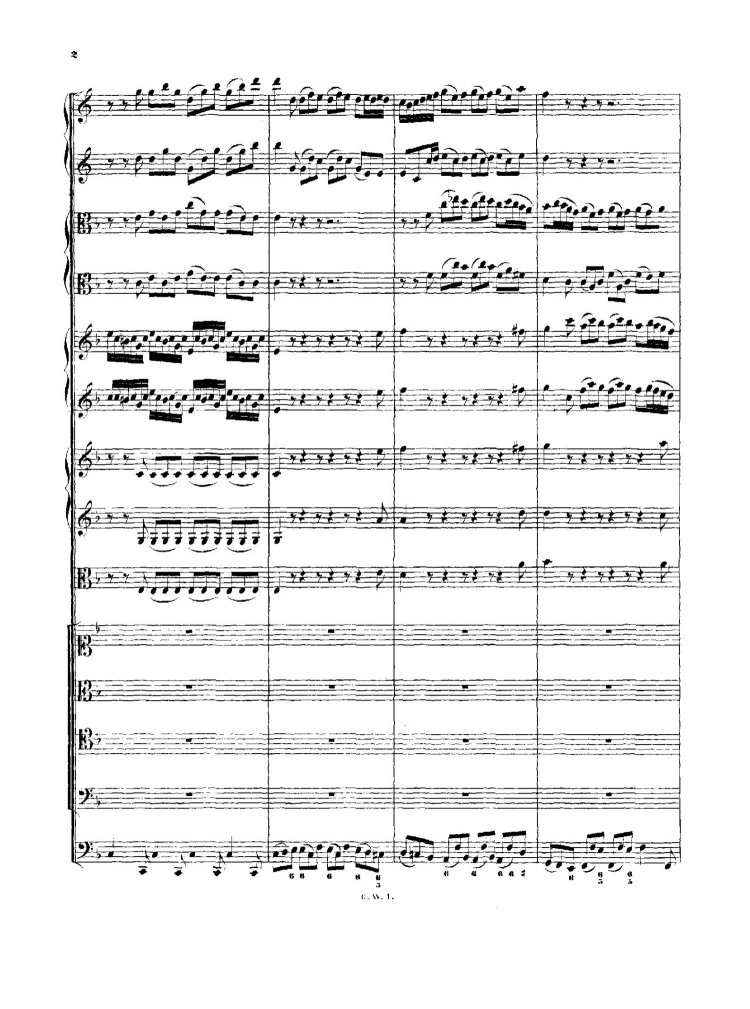
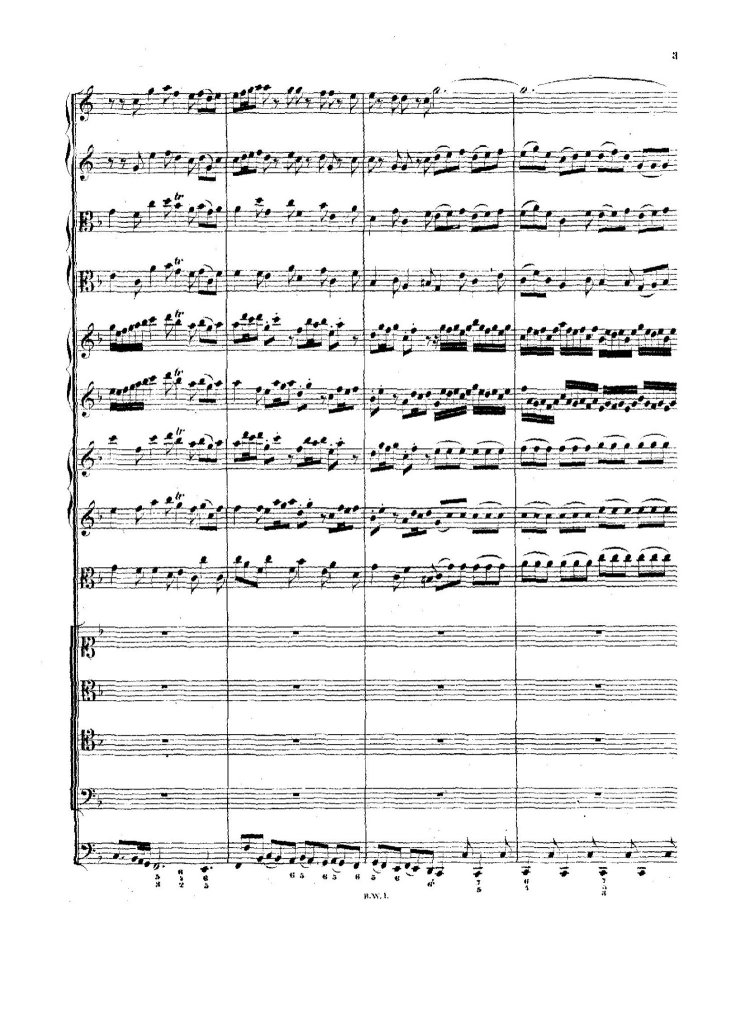
|
|
Chorale Wie bin ich doch so herzlich froh (Mvt. 6) from Cantata BWV 1 (1725) (verse 7), |
|

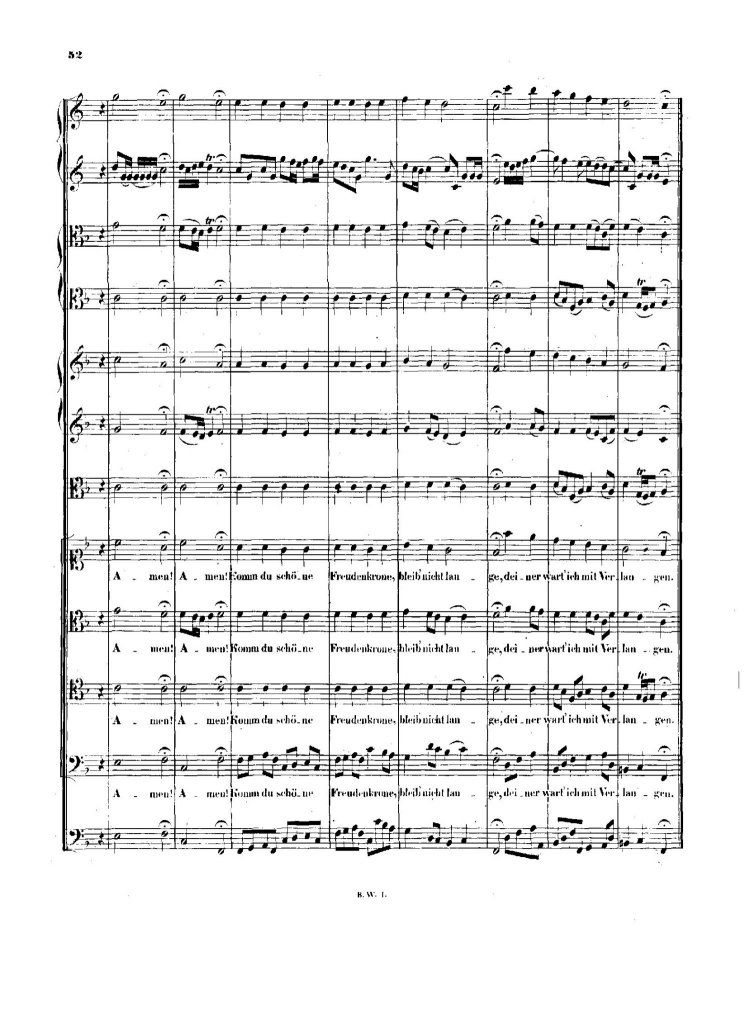
|
|
Chorale Zwingt die Saiten in Cythara (Mvt. 4) from Cantatas BWV 36 (1731) (verse 6)
Ref: RE 86=195=305; Br 85=195=304; Birnstiel 91; Di 33; AmB 46II p.89 & 126; Fasch p.145; Penzel 165 |
|

|
|
Chorale for Soprano & Alto Herr Gott Vater, mein starker Held! (Mvt. 3) from Cantata BWV 37 (1724) (verse 5) |
|

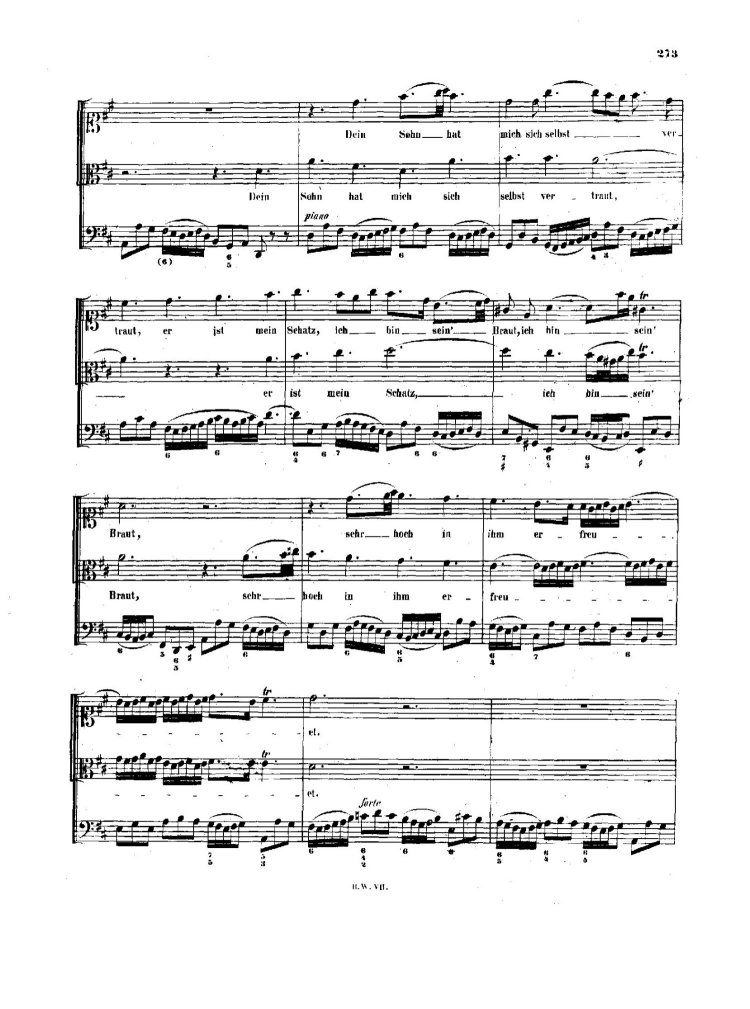
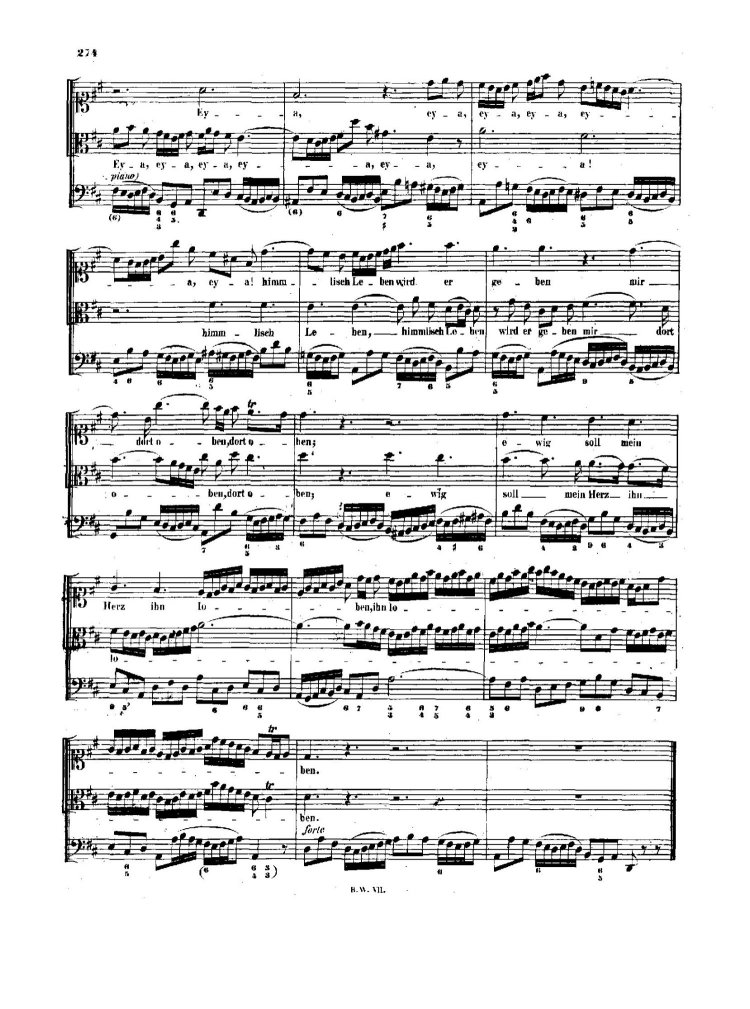
|
|
Aria for Bass with Chorale for Soprano Dich Hab’ Ich Je Und Je Geliebet (Mvt. 6) from Cantata BWV 49 (1726) (verse 7) |
|
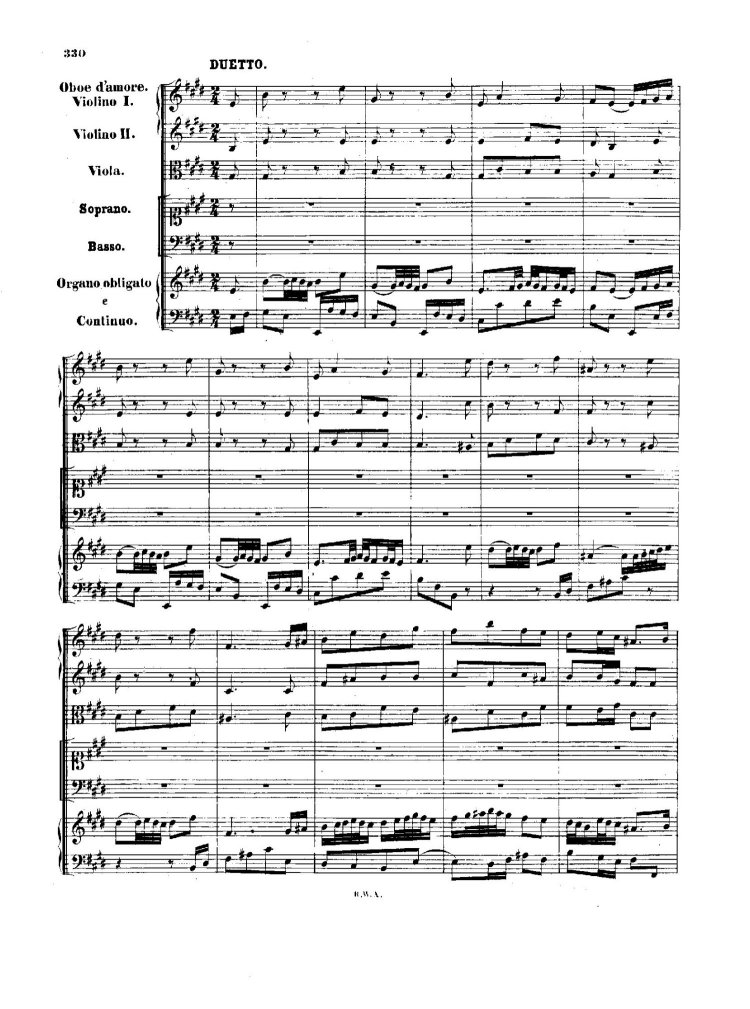
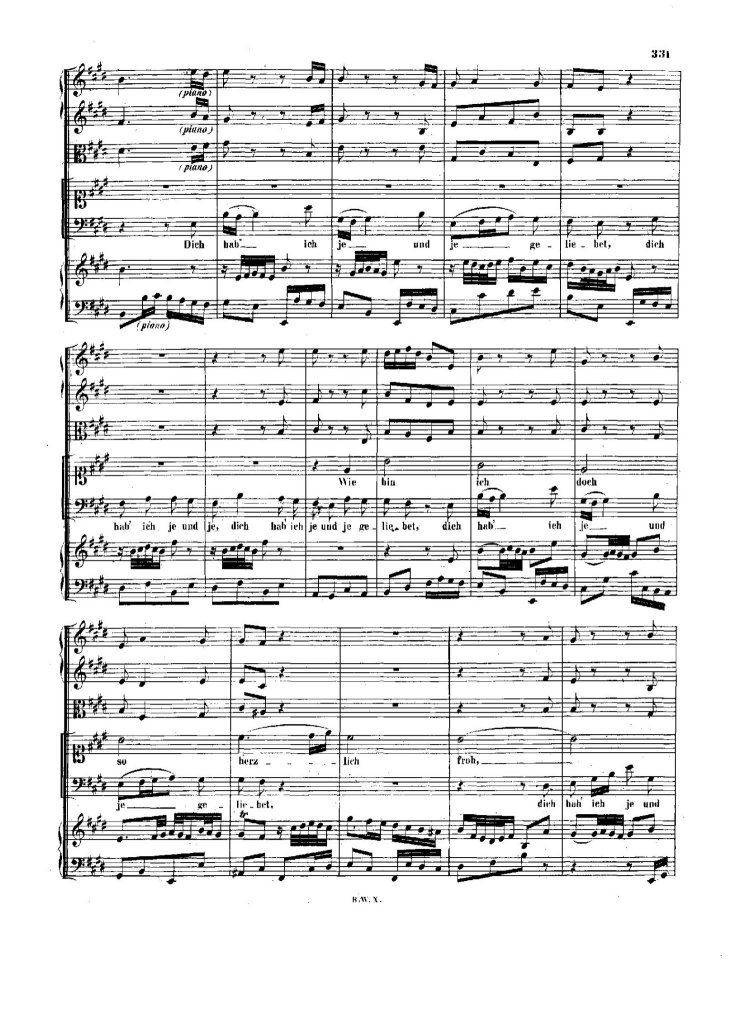
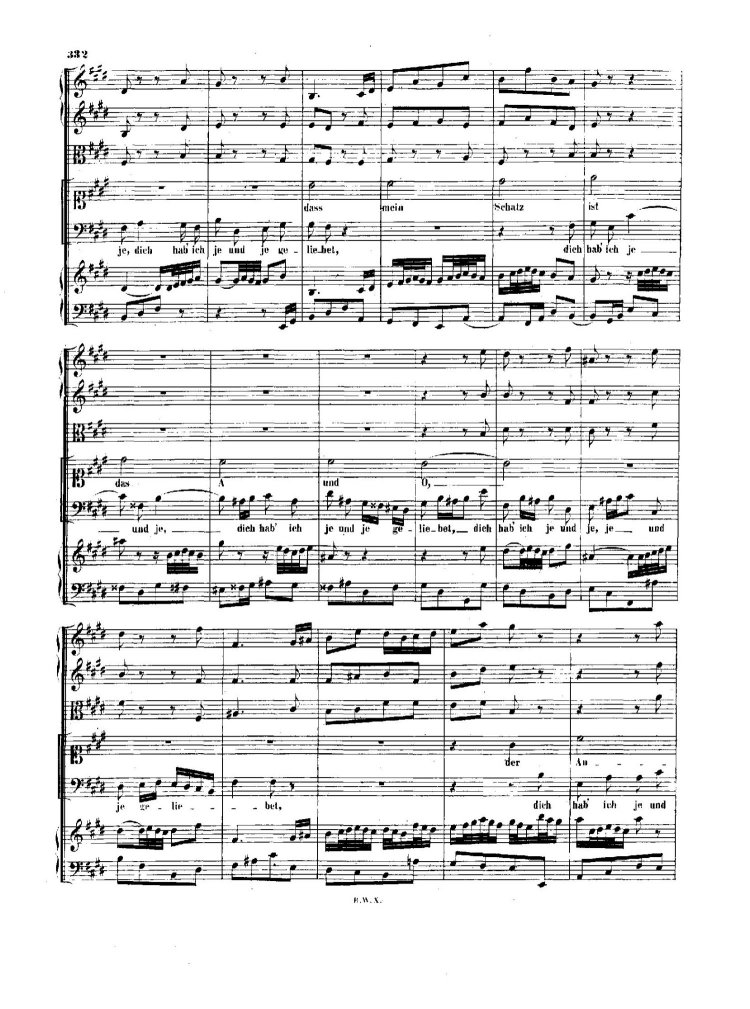
|
|
Chorale Amen, amen! Komm, du schöne Freudenkrone, bleib nicht lange! (Mvt. 6) from Cantata BWV 61 (1714) (l4 lines of verse 7) |
|
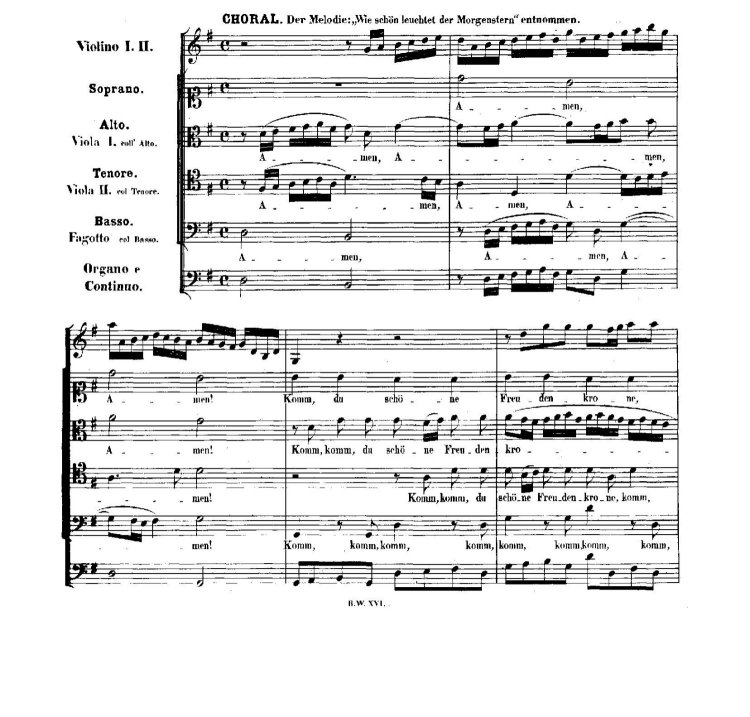
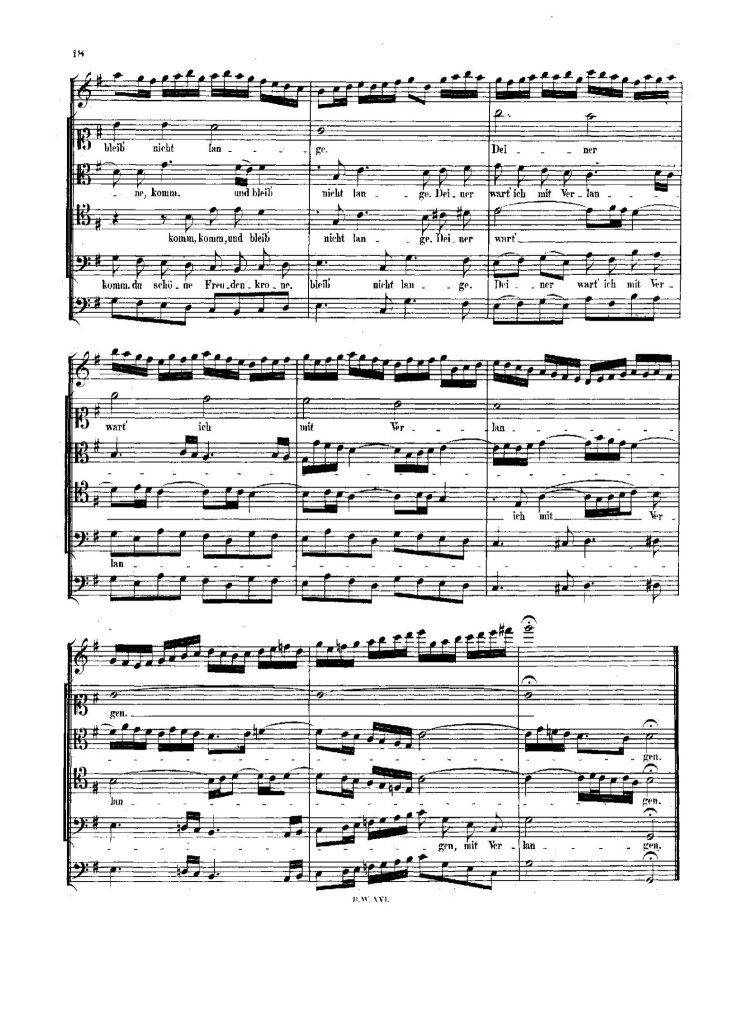
|
|
Chorale Von Gott kömmt mir ein Freudenschein (Mvt. 6) from Cantata BWV 172 (1714) (verse 4)
Ref: RE 323; Br 322; AmB 46II p.73 |
|

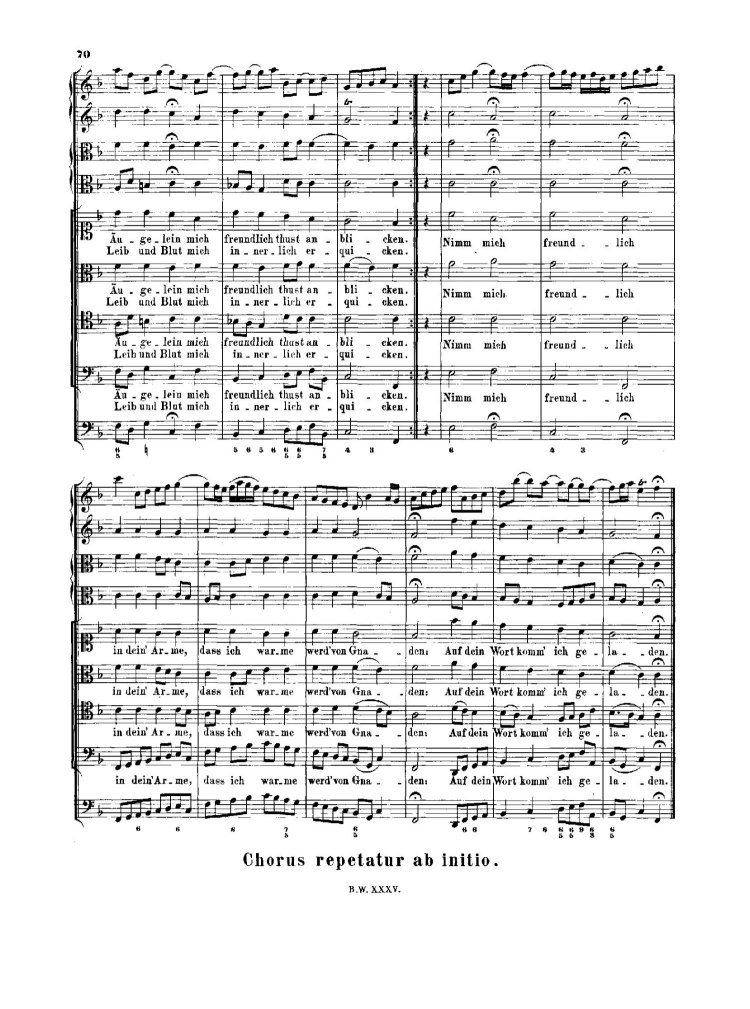
|
|
Chorale Wie schön leuchtet der Morgenstern, BWV 436
Ref: RE 278; Br 278; KE 375; Di 59; AmB 46II p.271; BGA 183; BC F109.1; CST 390-394 |
|
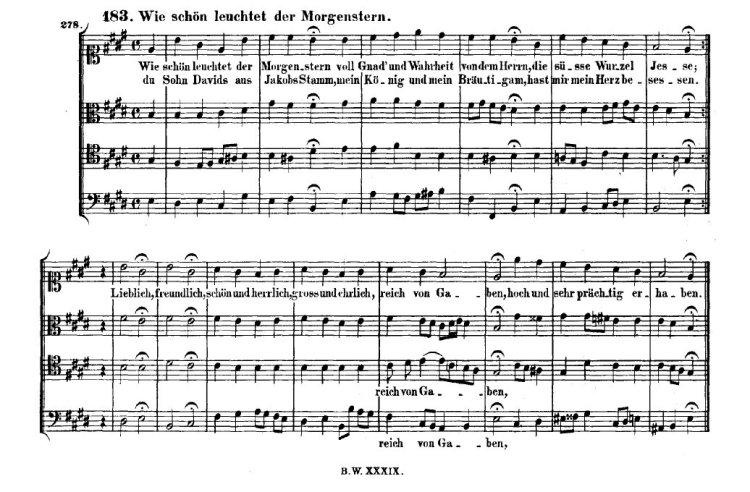
|
|
Untexted: |
|
Chorale Prelude Wie schön leuchtet uns der Morgenstern (I), BWV 739 (1705) |
|
The movement seems to be inspired by the third stanza of the hymn:
Fill me with joy and strength to be
Thy member, ever joined to Thee.
J.S. Bach’s Autograph (four leaves of small quarto) is in the Royal Library, Berlin. Spitta assigns it to the Arnstadt period. |
|

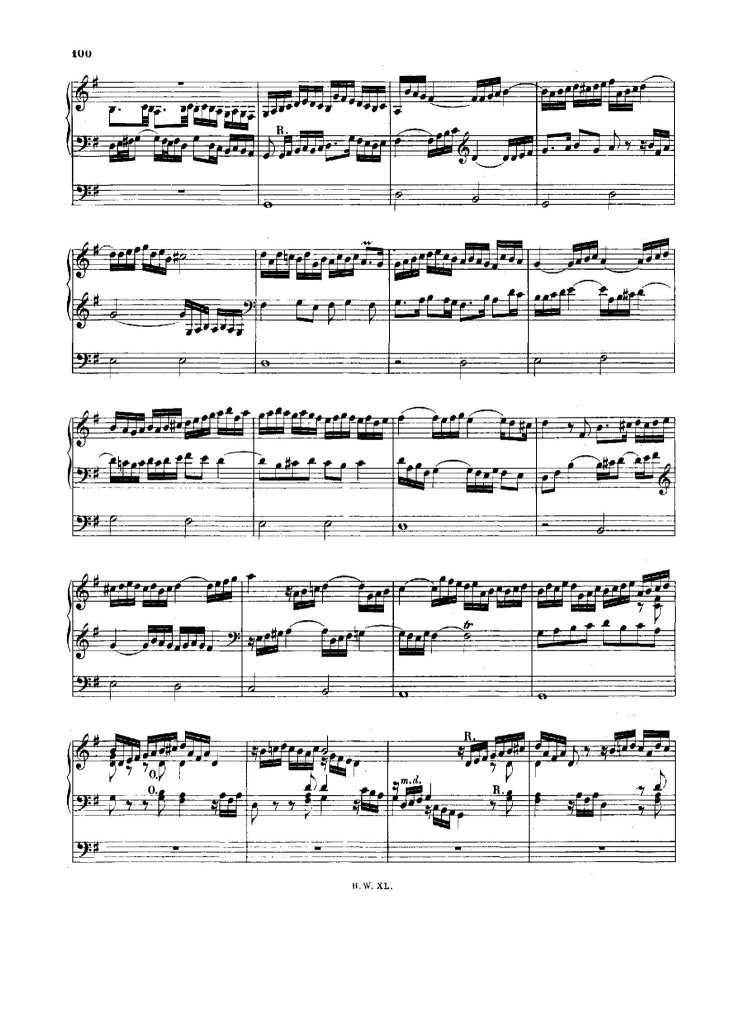

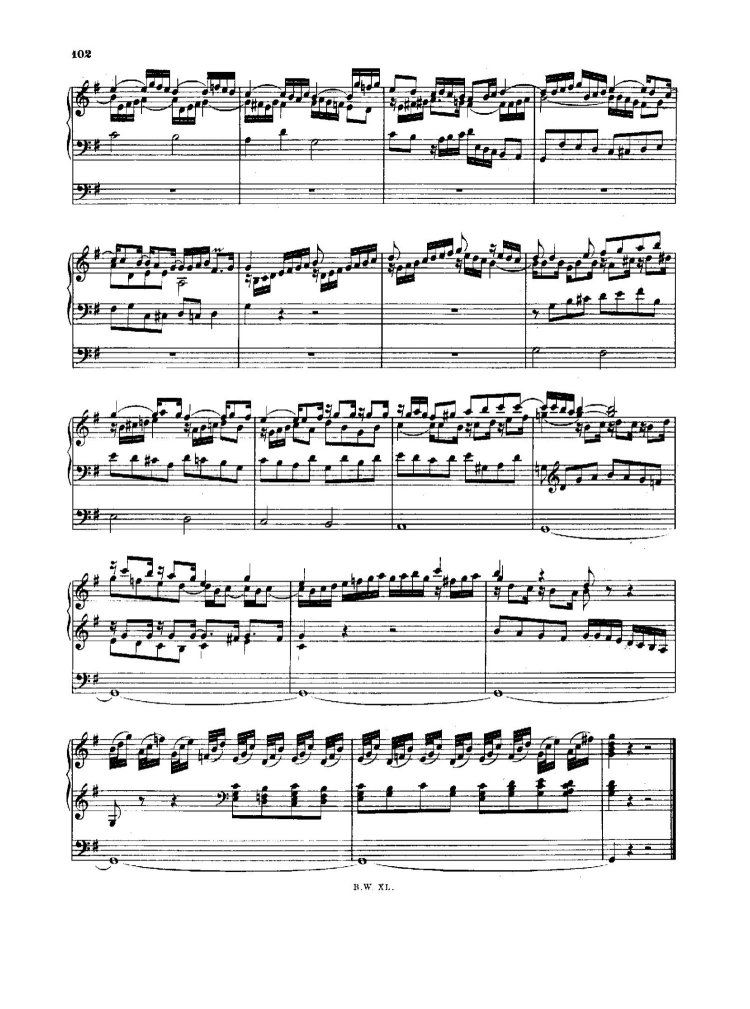
|
|
Chorale Prelude Wie schön leuchtet uns der Morgenstern (II), BWV 763 (1737) [doubtful] |
|
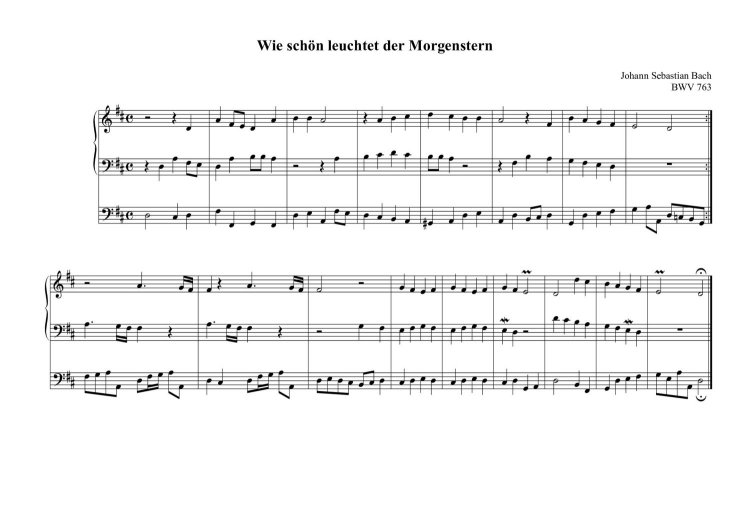
|
|
Chorale Prelude Wie schön leuchtet uns der Morgenstern (III), BWV 764 (1705) [(incomplete)] |
|
Another, but incomplete (23 bars), movement on the melody, the Autograph of which is in the Berlin Royal Library. |
|

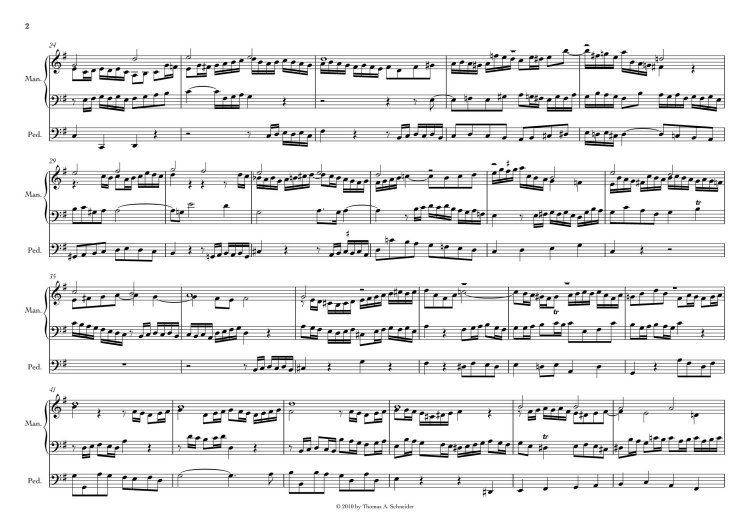
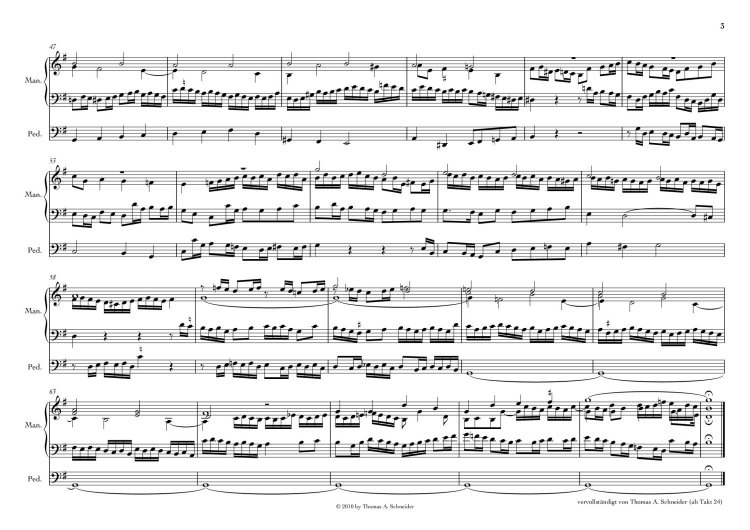
|
| |
| |
|
Use of the Chorale Melody by other composers: |
|
The words, speaking of süße musica (sweet music) in verse 6, and the melody have inspired composers to vocal and instrumental settings. |
|
Vocal works |
|
"Wie schön leuchtet der Morgenstern" was seized upon by many of the composers of the period. Dietrich Buxtehude used it (BuxWV223), as did Johann Kuhnau. Michael Praetorius published a setting in Polyhymnia Caduceatrix et Panegyrica (1618-1619, Wolfenbütte).
Wilhelm Friedemann Bach wrote a cantata Wie schön leuchtet der Morgenstern (F 82). Christian Geist set the words for soprano, two violins, viola da gamba and basso continuo.
Peter Cornelius composed Die Könige, a song for solo voice and piano with the “Wie schön” melody in the accompaniment; this was later reworked into an Epiphany anthem in English for solo voice and chorus in which the soloist sings the text "Three Kings from Persian lands afar..." (using P. Cornelius’ original tune) over the choir, which performs the chorale tune "Wie schön leuchtet der Morgenstern", taken from P. Cornelius’ original piano accompaniment, underneath. A version of "The Three Kings" is included in the first volume of the popular Willcocks and Jacques compilation Carols for Choirs.
Christus is the title given by the composer's brother Paul to fragments of an unfinished oratorio by Felix Mendelssohn, published posthumously as Op. 97. The work was suggested by Christian Karl Josias von Bunsen, who compiled the German libretto from biblical sources. Composition began in 1846 and continued through F. Mendelssohn's last year. The completed portions include a tenor recitative relating Christ's birth, a TBB chorus "Where is the newborn", the well known SATB chorus "There Shall a Star from Jacob Shine Forth" using the chorale "Wie schön leuchtet der Morgenstern", and a passion section ending with another chorale, "O Welt, sieh hier dein Leben". The first performance took place in 1852.
Hugo Distler treated the tune both instrumentally as well as vocally, with a lovely a cappella arrangement for four voices. Mauricio Kagel quoted the stanza "Zwingt die Saiten in Cythara" in his oratorio Sankt-Bach-Passion telling J.S. Bach's life, composed for the tricentenary of Bach's birth in 1985. |
|
Instrumental works |
|
J.S. Bach's student Johann Ludwig Krebs wrote a prelude for organ on the chorale tune. So did Johann Pachelbel in his Erster Theil etlicher Choräle. J. achelbel's student Johann Heinrich Buttstett composed a chorale setting for organ as well. D. Buxtehude also wrote a chorale fantasia Wie schön leuchtet der Morgenstern (BuxWV 223).
In 1899 Max Reger composed an organ fantasy on "Wie schön leucht't uns der Morgenstern", the first of two, Zwei Choralphantasien, Op. 40. He also wrote in 1902 a chorale prelude, No. 49 in his collection of 52 Chorale Preludes, Op. 67. Ernst Pepping wrote in 1933 a partita, Partita über den Choral 'Wie schön leuchtet der Morgenstern. In 1954 Jan Koetsier composed the Partita for English Horn and Organ Op. 41, No. 1, which includes the melody from "Wie schön leuchtet der Morgenstern" in fragments by the English Horn over a triplet organ accompaniment in the 5th/final movement.
H. Distler composed a prelude for organ entitled Vorspiel und Satz 'Wie schön leuchtet der Morgenstern', his Op. 8, No. 3. Howard Hanson used the choral tune as the basis for his orchestral work Dies Natalis (1967). In 1974 Gloria Coates composed Phantasie über 'Wie schön leuchtet der Morgenstern' for amplified viola and organ. Rolf Schweizer wrote in 1983 a meditative work for organ, Orgelmeditation 'Morgenstern'. Naji Hakim composed in 2008 Wie schön leuchtet der Morgenstern, variations for oboe (flute, violin) and organ. Following the tradition of his musical forebears, organist and composer Paul Manz also created a chorale setting for organ called "How Lovely Shines the Morning Star."
F. Mendelssohn used this theme as cantus firmus in one of his early fugues for string quartet (MWV R 12, composed in 1821 when he was 12), as a contrapuntal composition exercise when studying with Carl Friedrich Zelter. |
|
Camille Saint-Saëns (1835-1921):
Here is an unexpected use of Wie schöne leuchtet der Morgenstern in the Improvisation sur la Beethoven-Cantate de Liszt by Camille Saint-Saëns : |
|
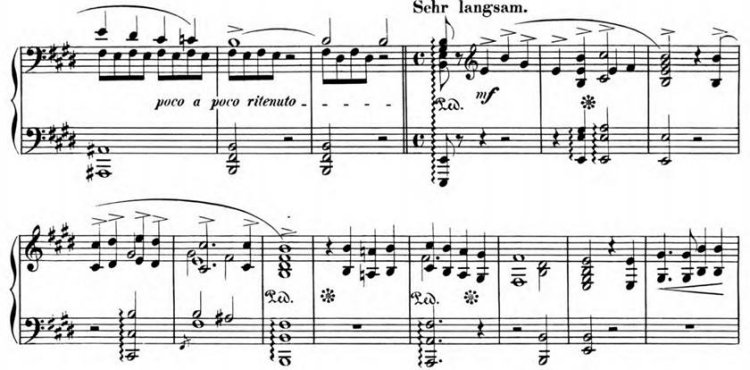
|
|
The chorale melody is also heard near the end of the work.
Strangely, the chorale melody does not appear in Franz Liszt’s work (Zur Säcularfeier Beethovens, S.68) on which Saint-Saëns’ work is based.
It only seems logical that a Lutheran Chorale would pop up in a Catholic composer’s paraphrase on a work by another Catholic composer based on a theme by a third Catholic composer… |
| |
|
Sources: Bach Digital; BGA; Zahn; BCML discussions on BCW; Charles Stanford Terry's Bach Chorals books
Photos from Gottfried Vopelius: Neu Leipziger Gesangbuch (Vopelius 1682) & Christian Friedrich Witt: Psalmodia Sacra, Oder: Andächtige und schöne Gesänge… (Gotha Hymnal, 1715), were taken from digital copies of the books downloaded from Bayerische Staatsbibliothek München. These copies are Out of copyright - non commercial re-use (Europeana Rights).
Prepared by Aryeh Oron (October 2018 - February 2020))
Thanks to contributors: André Papillon (January 2020) |